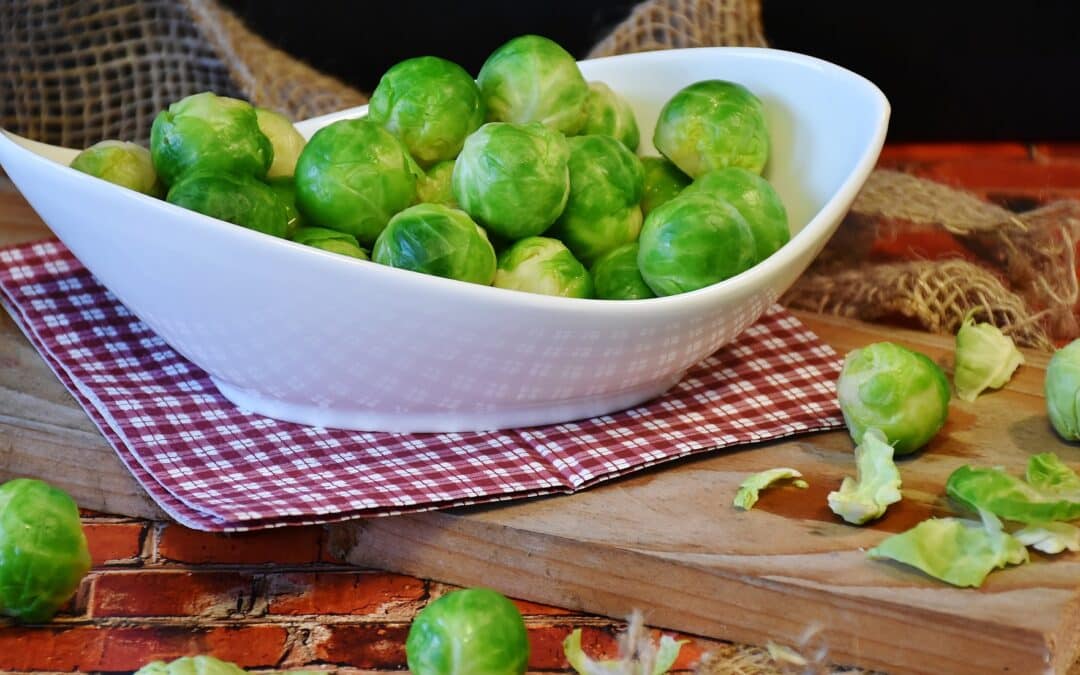Fibre, we know we need it, but even with all the fibre-added foods out there, most people are still deficient.
The modern western diet has left people with a serious nutrient deficiency, fibre. It is estimated that less than 5 percent of people living in North America get the recommended amount of dietary fibre each day. High fibre foods help to guard against cancer, heart disease, diverticulosis, kidney stones, obesity, and help to support a healthy digestive tract.
Fibre is much more than just something to help keep you ‘regular’, although of course that’s important, but only a small piece of its benefits.
What is Fibre?
Fibre is the part of plants that our bodies cannot digest.
There are two types of fibre: soluble and insoluble.
Foods such as vegetables, fruits, legumes and whole grains contain fibre.
Many processed foods available, like cereals and breads, have added fibre. These sources of fibre used in for this ‘added benefit’ are not the healthiest. In fact, just as with popular fibre supplements, many ingredients may carry their own sets of allergens or chemicals that can be detrimental to your health. So, as it is with all nutrients, it is much better to eat fresh foods, rich in the nutrients you need – If you are opting for a supplement, make sure it is one that is made of natural ingredients with no additional ingredients that you are unable to pronounce.
Fibre can help to:
- Keep you regular
- Lower your cholesterol and
- Control your blood glucose (blood sugar)
Research shows that it may also help you maintain a healthy body weight and lower your risk of heart disease and some cancers like colon cancer. (Eat Right Ontario)
To receive all the health benefits of fibre, slowly increase the amount you eat. Remember it is also important to be physically active and drink plenty of fluids. This will help you avoid gas and bloating as you increase the fibre in your diet.
Getting more fibre can be as simple as making small changes that will add up throughout the day. Foods like vegetables and fruit, whole grains, legumes, nuts and seeds have the fibre you need. When you are out grocery shopping, an ‘on the fly way’ of comparing food labels is to choose foods with two (2) to four (4) grams of fibre per serving.
Ki’s Kitchen Top Five Foods
1. Avocados Total Dietary Fibre: 10.5 grams per cup (sliced)
Notable Nutrients: Vitamin C, Vitamin E, Vitamin B6, Folate, Vitamin K, Potassium
There is a difference in fibre content between the between the bright green, smooth skinned avocados (Florida avocados) and the smaller darker and dimpled variety (California avocados). Florida avocados have significantly more insoluble fibre than California avocados. Avocados are packed with healthy fats that help to lower cholesterol and reduce the risk of heart disease.
2. Coconut Total Dietary Fibre: 7.2 grams per cup
Notable Nutrients: Manganese, Omega-6 fatty acids, Folate, and Selenium
Coconut products are growing in popularity, and it’s of no real surprise. Coconut has a low glycemic index, and is easy to incorporate into your diet; with 4 to 6 times the amount of fiber as oat bran, coconut flour and grated coconut is a great way to add a healthy natural fiber to your diet. One of our favourite coconut dishes is our coconut slaw!
3. Brussel Sprouts Total Dietary Firer: 7.6 grams of fiber per cup, near balance of soluble and insoluble fiber
Notable Nutrients: Vitamins C, K, B1, B2, B6, Folate, Manganese
As one of the power-packed cruciferous vegetables, Brussels sprouts are one of the better high fibre foods. Rich with antioxidants and anti-inflammatory properties, Brussels sprouts support healthy detox, and may reduce the risk of some types of cancer.
4. Chickpeas Total Dietary Fibre: 8 grams of fibre per cup
Notable Nutrients: Protein, Copper, Folate, Manganese, Omega-6 fatty acids, Omega-3 fatty acids
Chickpeas aren’t new to the pantry – they have been enjoyed across the globe for thousands of years. They are rich in essential nutrients, including Manganese. In fact, these small beans provide for 84% of your daily-recommended amount of Manganese. Now that is kind of a big deal! Chickpeas can be incorporated into your diet in a variety of ways; chili, curried, hummus, and more!
5. Lentils Total Dietary Fibre: 10.4 grams of fibre per cup (cooked)
Notable Nutrients: Protein, Iron, Folate, Manganese, Phosphorous
In addition to great fibre, lentils are packed with folate, and are one of the top 10 high folate foods. Folate is essential for pregnant women, individuals with liver disease, and people on certain medications. Lentil stews, Dahl and soups are great way to incorporate this high fibre food into your diet.
Helpful Hints at the Grocery Store
- Always look at the Nutrition Facts table to choose and compare foods.
- Try alternatives to meat such as beans, lentils and peas.
- Add vegetables and fruit to your grocery cart.
- Choose whole grain pasta and brown rice.
- Opt for whole grain or bran cereals that are high in fibre.
- Choose whole grain bread instead of white bread.
- Buy nuts or seeds. A small handful makes a quick and easy snack.
(courtesy of Fibre Canada)
_________________________________________________________
Thank you so much for visiting! I hope you have found some valuable information, if so, I’d love to hear about it! Please feel free to share this post with anyone who might benefit, and comments are always welcomed and appreciated.
I look forward to connecting with you next time!
And be sure to check out why you should order your family’s next meal courtesy of Ki’s Kitchen

From our kitchen to yours,
Love + Peace
Kiran


